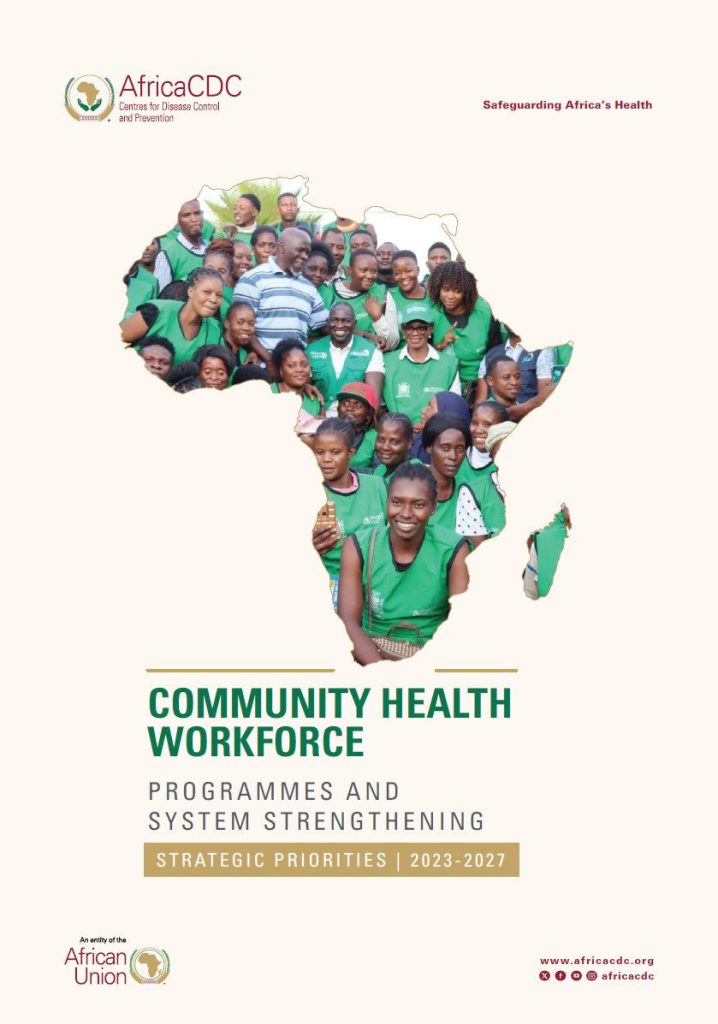EXECUTIVE SUMMARY:
The literature is replete with examples of how community health (CH) initiatives have been pivotal in extending primary health care (PHC) services to marginalized populations such as those in rural communities and the urban poor; as well as to vulnerable populations including children, women, internally displaced persons, persons living with HIV and refugees etc. Community health workers (CHWs) – who are the vanguard of CH – often meet unmet public health needs in a culturally appropriate manner, cost effectively improve access to promotive, preventive and basic curative health services, address inequities in health status and improve overall health system performance and efficiencies. Additionally, CH systems increasingly play a vital role in emergency preparedness and response and the role that CHWs played in the management of new and emerging public health threats – notably the 2014-2016 Ebola virus disease outbreak in West Africa, the COVID-19 pandemic and the more recent Cholera epidemics in several countries in Southern Africa – cannot be underestimated.
National and international decision-makers continue to turn to CH initiatives to strengthen overall health systems in the context of achieving universal health coverage and delivery of the Sustainable Development Goals (SDGs), particularly SDG 3 – good health and wellbeing. Furthermore, it is a well-known fact that most countries in the global south have a shortage of formal, educated, healthcare workers and have increasingly resorted to a range of CHW cadres to fill this critical gap.
Despite the renewed interest in CH systems, there is global recognition that more is needed to support CHWs, which in turn can optimize their performance. Many contextual, health systems and programme-related factors play a role regarding the effectiveness of CH initiatives. Ample evidence exists on the gaps that need attention if CH systems are to be further strengthened. For CHWs, these gaps include, but are not limited to, remuneration and incentives; training and supervision, integration into formal health structures; selection, trust and relationships with the community and other health actors; roles and responsibilities vis-à-vis formal health sector workers; provision of supplies and work tools and equipment; scalability of successful CH programmes; and financing and sustainability of CH programmes etc.
In comparison to other regions of the world, Africa still has the majority of countries with the worst indicators for maternal mortality, infant mortality, communicable disease morbidity and mortality and the continent has also increasingly become recognized as a hotspot for traditional, new and emerging threats of public health concern such as Cholera and Ebola virus disease. However, a recent continental community health landscape survey commissioned by Africa CDC showed that many countries in Africa do not have national community health strategic plans in place and that even those that have them lack costed investment cases for community health.
Africa CDC through its Division of Community Health Systems and Integrated Service Delivery is working to scale up integrated, institutionalized, and sustainable community health programmes that are key to strengthening health systems on the African continent. To better support the strengthening and scale up of community health systems on the continent, Africa CDC commissioned the development of five-year (2023-2027) strategic priorities for community health that will serve as a reference guide for Africa CDC engagement with Member States and other stakeholders involved in community-based health programming and community health systems strengthening on the continent.
Under its New Public Health Order, clear community health strategic priorities for Africa CDC are necessary in order to give a clear orientation on the goal and objectives to be achieved, clear roles and responsibilities for key stakeholders and how key actions will be monitored and evaluated during the five-year period.
